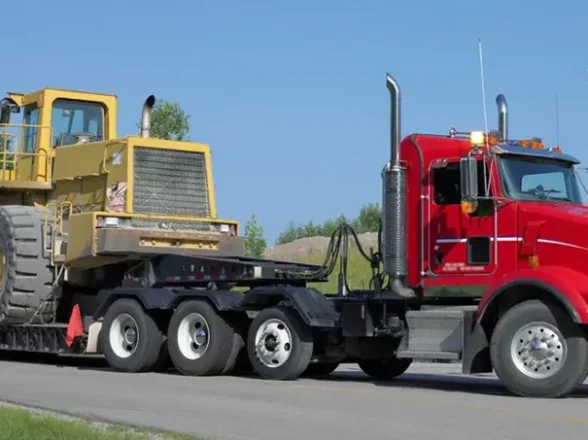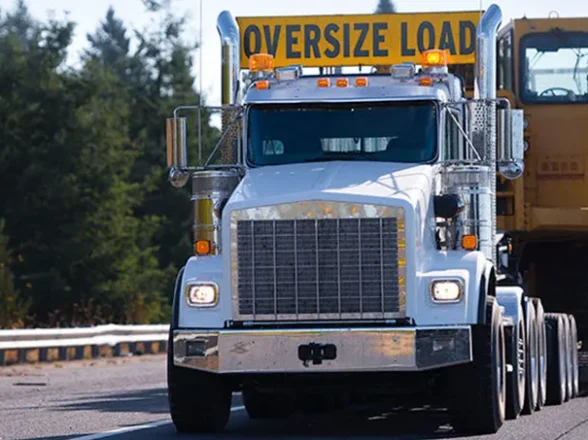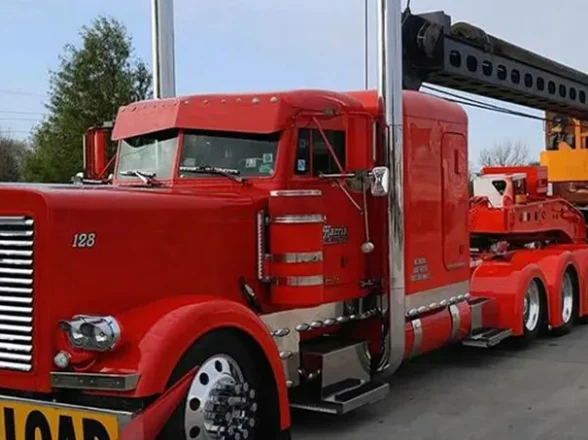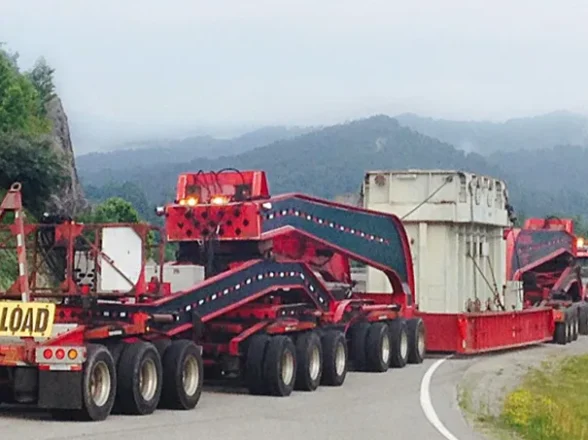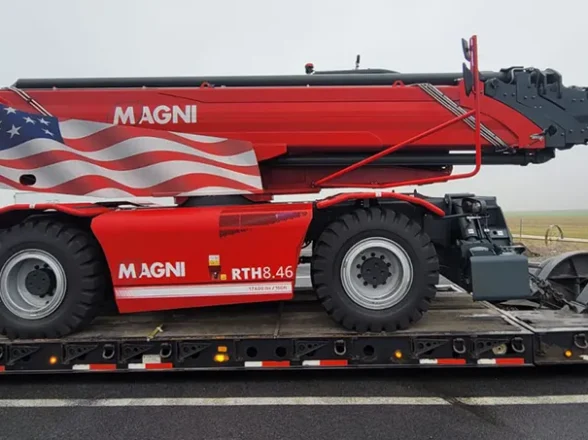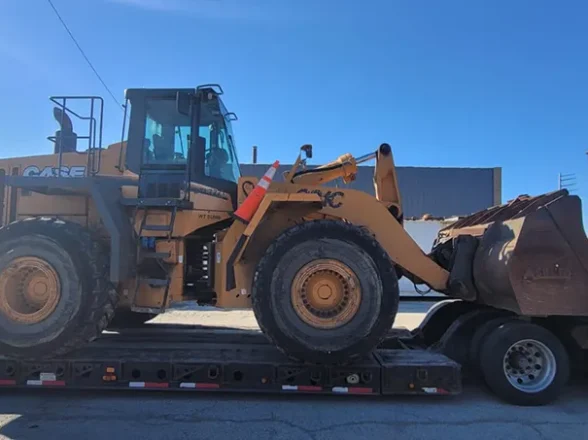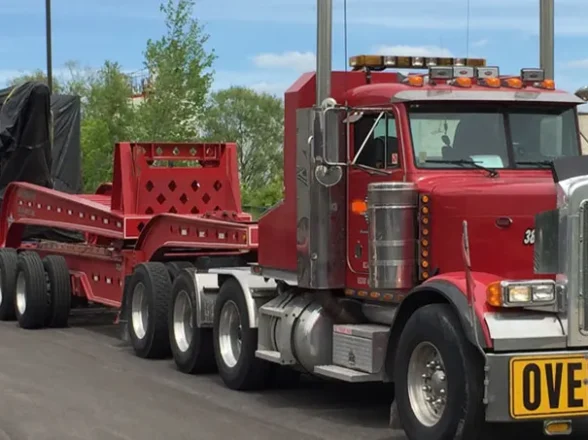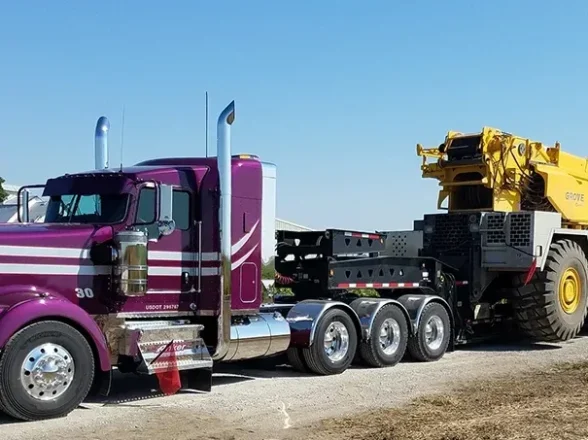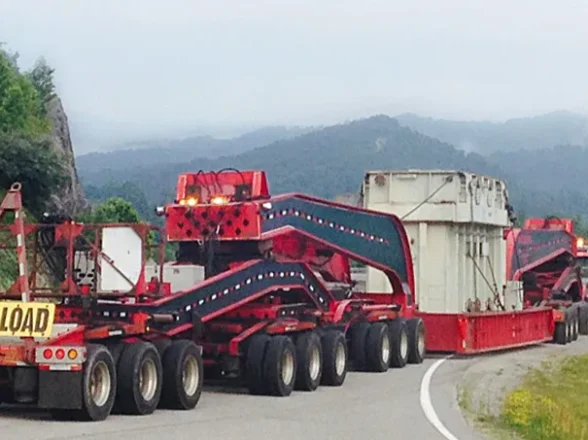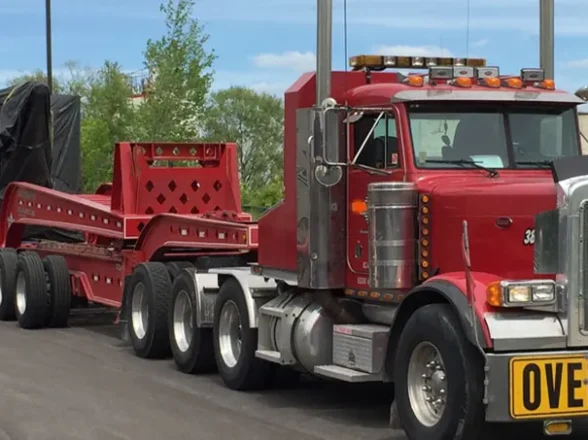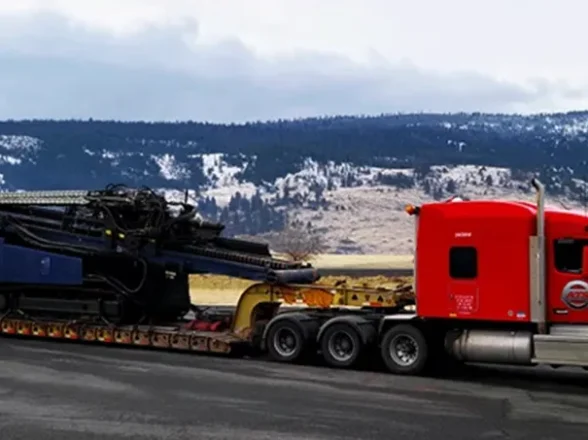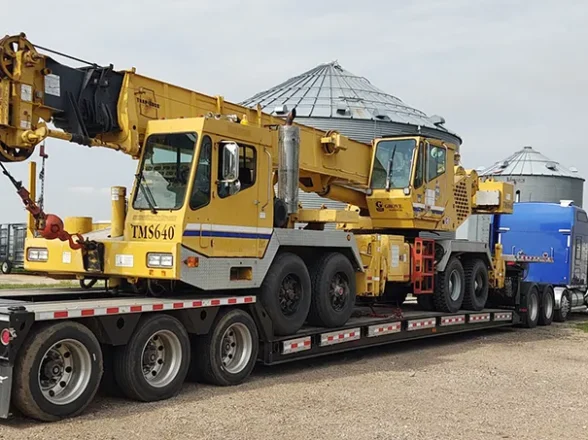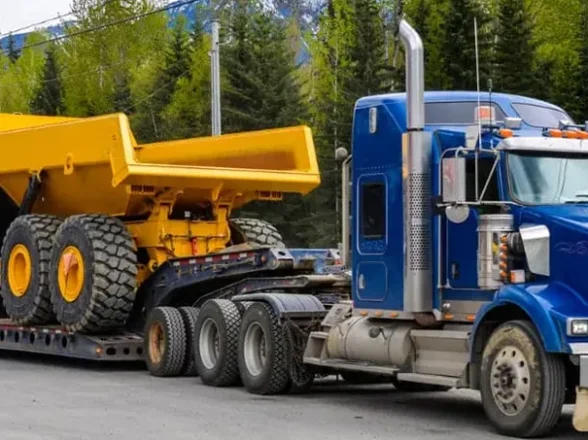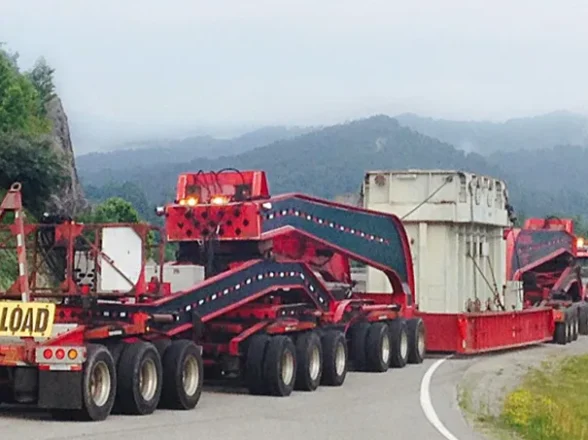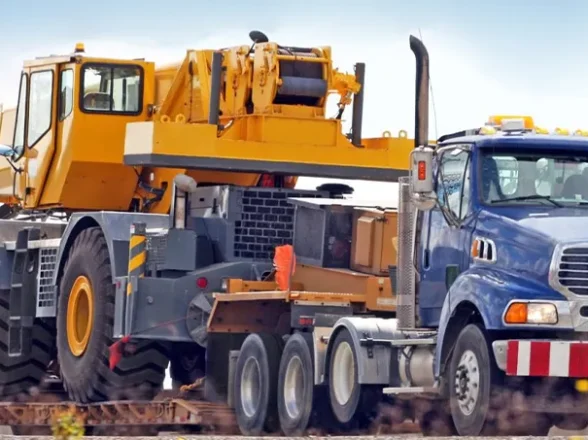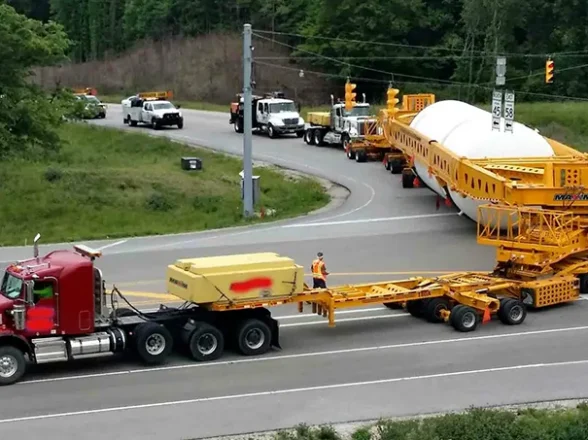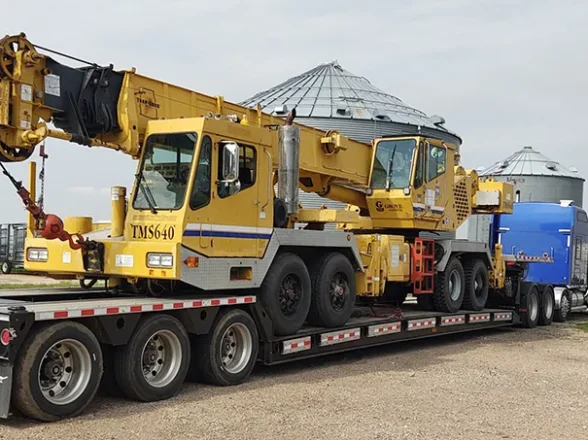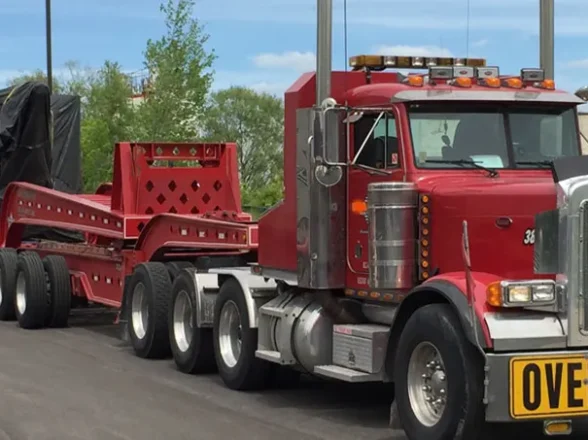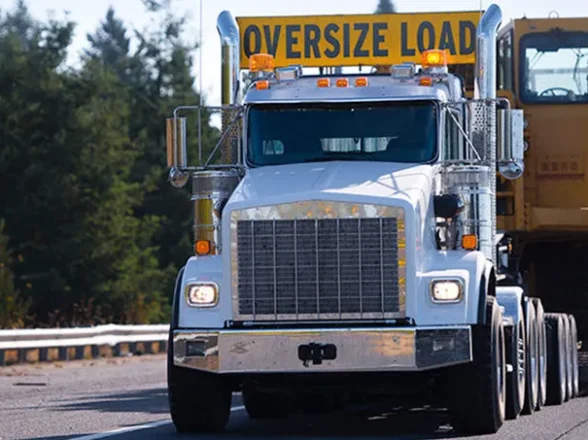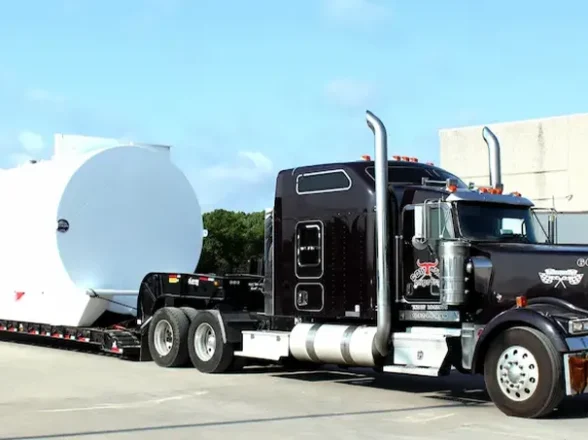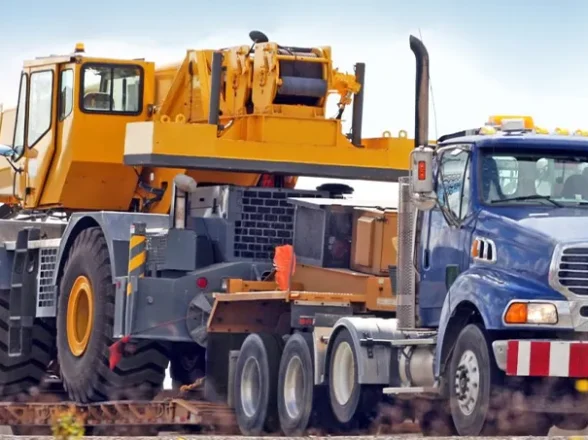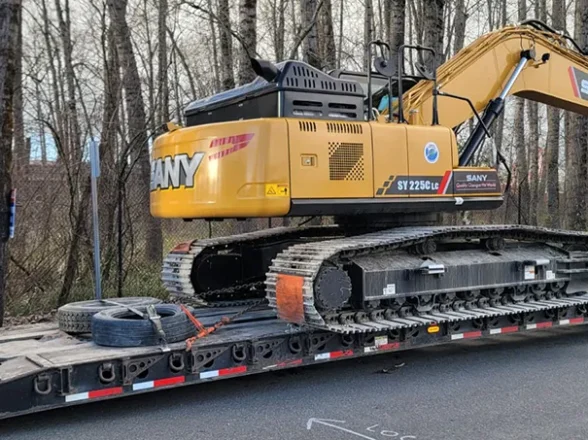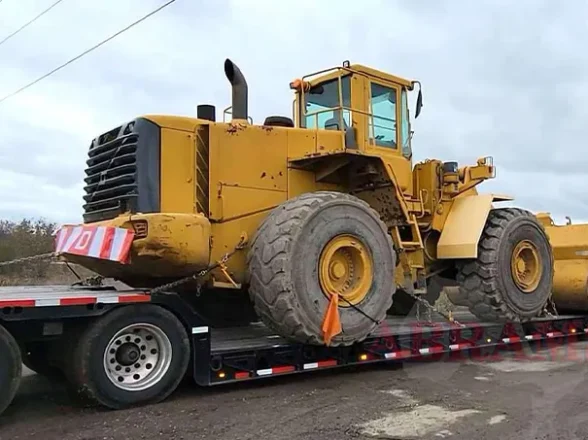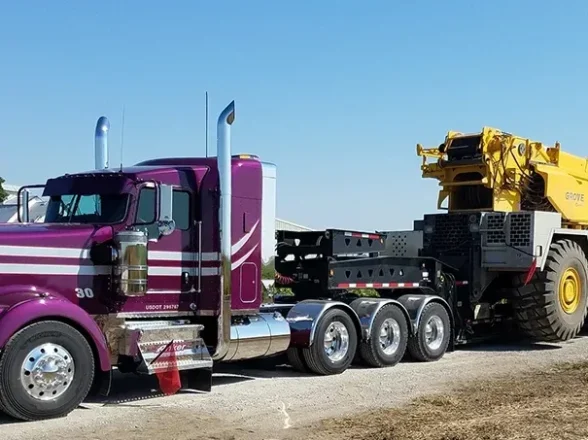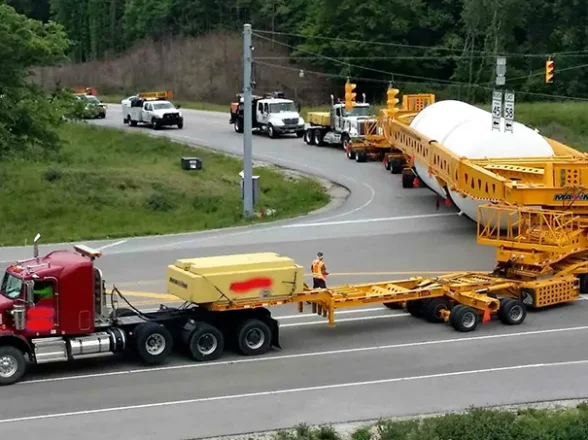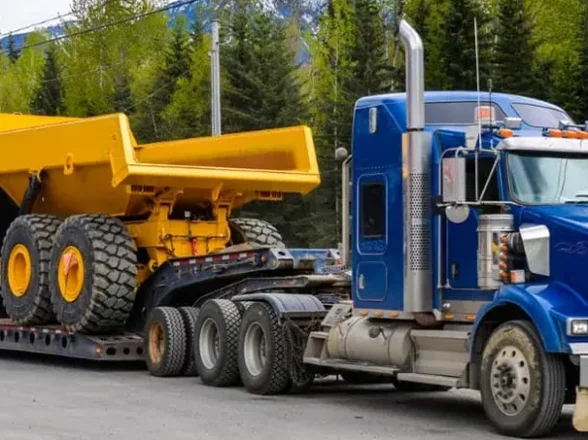DNP news
Blog
Truck Chain Laws and Regulations
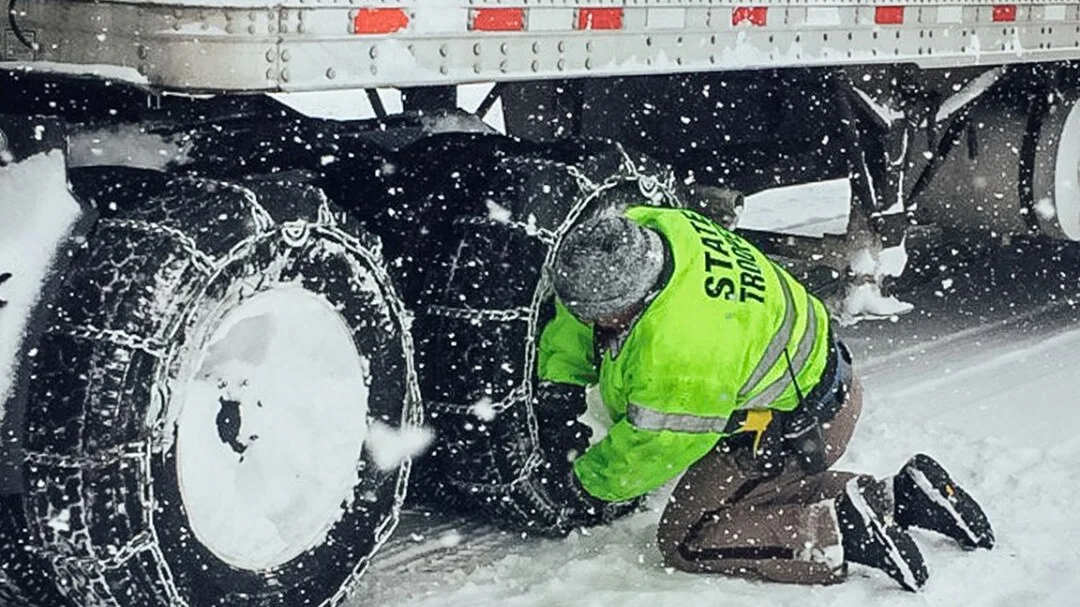
Introduction
The subsequent article provides a general overview of truck chain laws. For precise regulations and current enforcement, it’s essential to consult the specific state laws you’re traversing. Chain laws typically apply from September 1st to May 31st.
Beware of Penalties!
During this season, it’s mandatory to carry chains. Failure to do so may result in a fine of approximately $50. When chain laws are enforced, chains must be installed on your tires; not adhering to this requirement can incur fines of around $500. Additional penalties apply if an unchained vehicle obstructs traffic.
When Do Chain Laws Apply?
These laws apply to all commercial vehicles and are typically enforced under the following circumstances:
- When snow blankets the entire traveled portion of an ascending road grade.
- Whenever driving conditions necessitate safety measures or lead to road closures.
How Can We Determine?
Drivers receive notifications through electronic message signs, 511 traveler information, websites, and media outlets. To access detailed information on chain laws for specific states, simply click on the respective state below. This will redirect you to our state’s permits & escorts page, where you can find a link at the bottom for further details on chain laws.
States Enforcing Truck Chain Regulations
Chain Regulations You May See
Each state has its own set of chain laws, but here are some common regulations you might encounter:
- Metal chains must form a circular loop around the outside of each tire, with at least nine chain loops evenly spaced across the tire tread. Commercial vehicles with four or more drive wheels typically require chains on all four wheels, though dual tire chains are also acceptable.
- Minimum tread depths are mandated.
- Automatic Traction Devices (ATDs) may be accepted as alternatives to chains.
- Vehicles towing trailers must have chains on the drive tires.
- Trailers equipped with brakes must chain at least one axle.
- Cables may have specific minimum diameter requirements.
- Studded tires may be permitted in certain locations.
- Additional chains may be necessary as backups in case of damage or malfunction.






